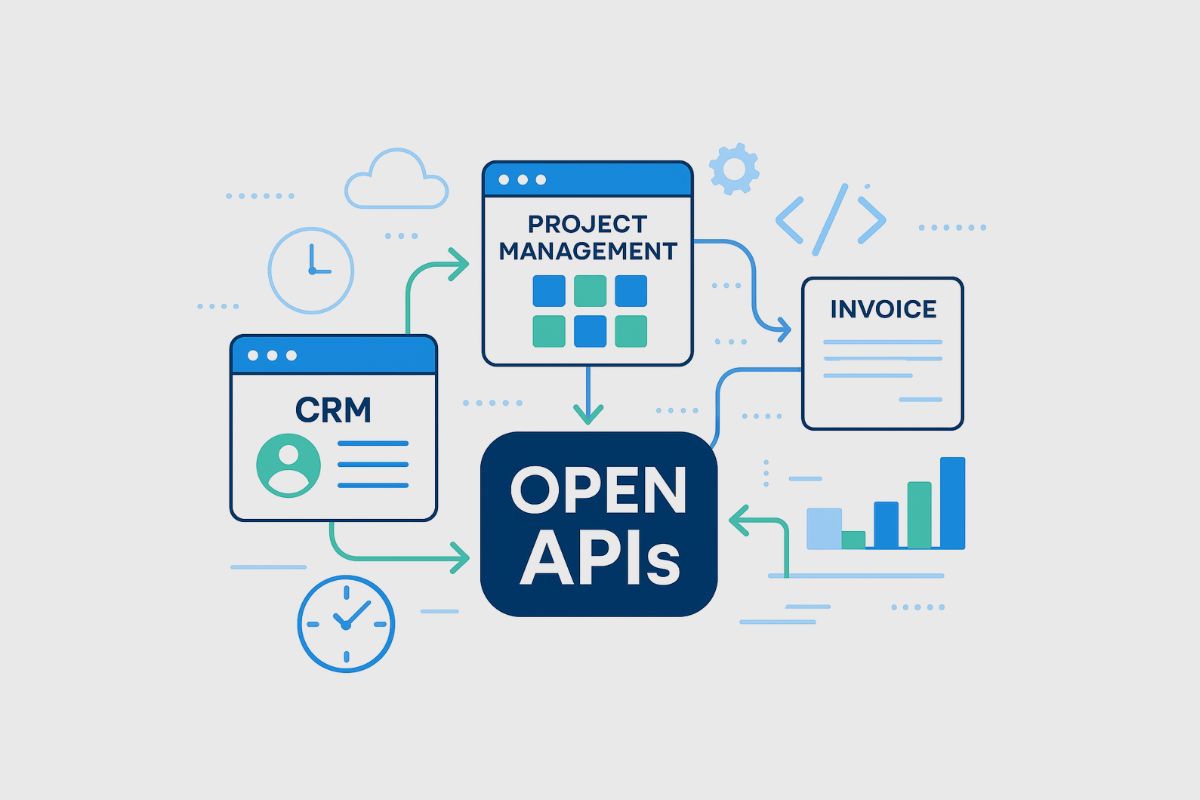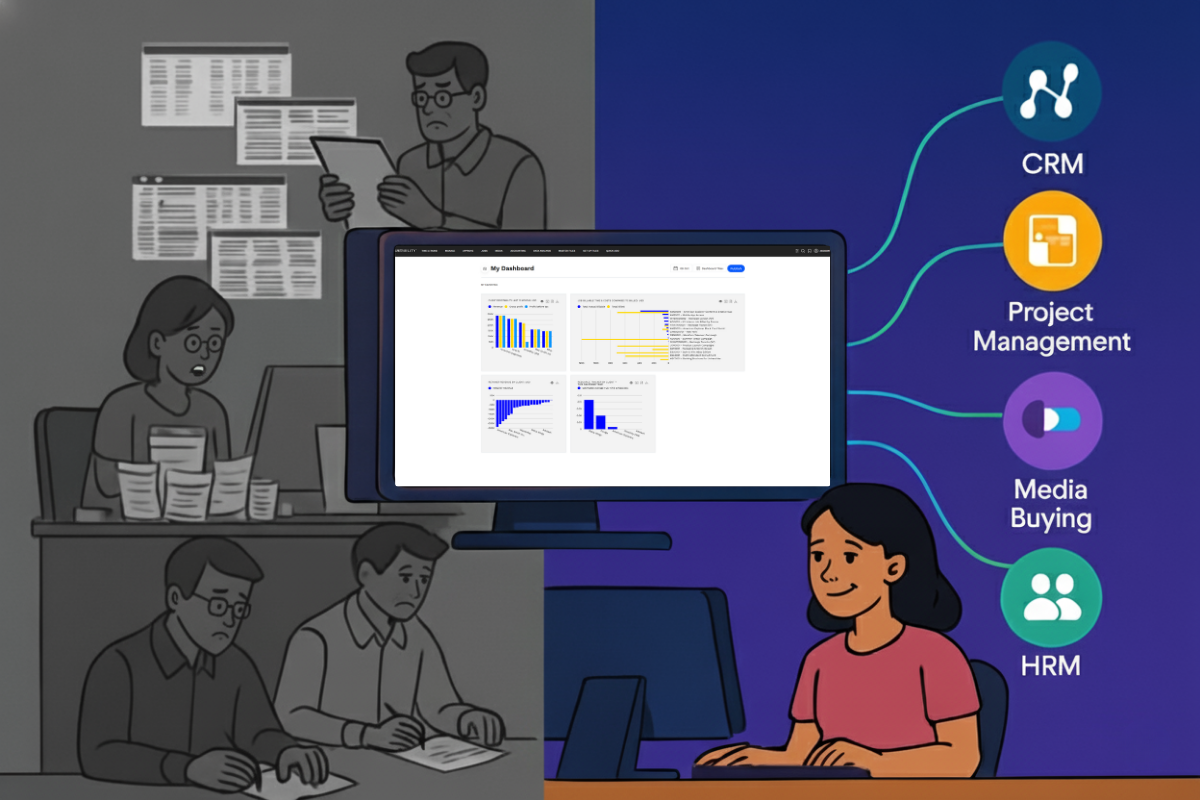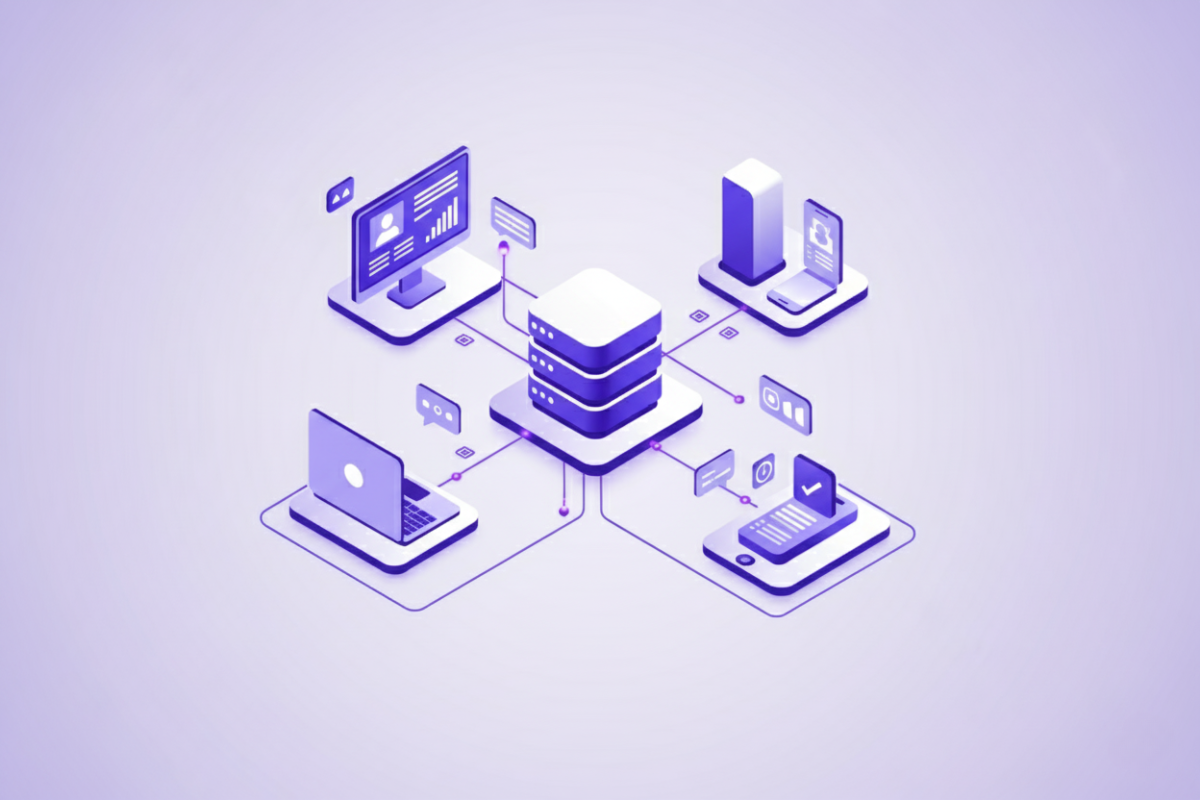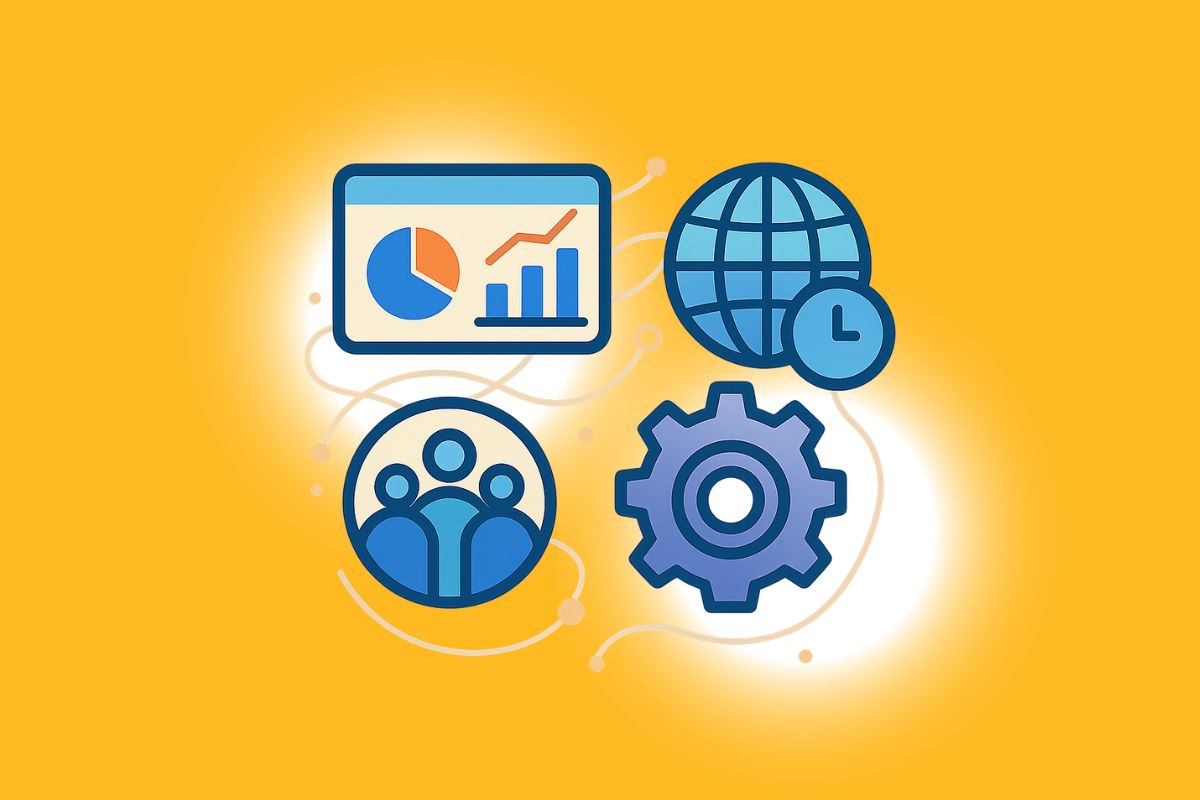It usually starts with a good intention.
A simple tracker for billable hours. A margin calculator. A project budget template that “just works.” But then—something happens.
One spreadsheet becomes five. Then ten. Then twenty, all with slightly different formatting, ownership, or version names like “_final_v2_LASTUSE_THISONE.”
Congratulations. You’re now managing your agency operations in a spreadsheet jungle.
And it’s slowing you down.
Why Agencies Rely on Spreadsheets (Until They Break)
Spreadsheets are flexible, familiar, and free. So it’s no surprise they’re often the go-to tool for solving urgent operational problems.
But over time, they create more issues than they solve:
- No single source of truth — multiple versions across departments
- Manual updates — prone to error, duplication, and omission
- Siloed information — no visibility across finance, ops, and delivery
- Lack of automation — reporting, billing, and approvals require extra steps
At some point, your operations team stops managing performance and starts managing files.
The Hidden Costs of Spreadsheet Sprawl
Let’s be honest: the spreadsheet jungle isn’t just messy. It’s expensive.
- Time is lost chasing updates, consolidating data, and manually fixing errors
- Invoicing gets delayed because time and cost data live in separate systems
- Forecasting lacks accuracy due to incomplete or outdated inputs
- Margin insights come too late to do anything about them
- Risk increases as sensitive financial data gets shared across uncontrolled files
If you’re spending more time updating spreadsheets than making decisions, it’s time to reconsider your tools.
How to Replace Spreadsheets with Smarter Workflows
Moving away from spreadsheets doesn’t mean losing flexibility—it means gaining control. Here’s how leading ops teams are doing it:
1. Consolidate Data into One Platform
Instead of juggling multiple trackers, connect your delivery, time, and financial data into a single system. That means no more manual reconciliation or version control issues.
2. Automate Where It Counts
Recurring processes—like reporting, billing, and approvals—can be automated when data flows through structured systems. Free your ops team to focus on strategy, not spreadsheets.
3. Integrate with Existing Tools
Spreadsheets often fill gaps between disconnected tools. Replace that role by using a financial management platform that integrates with your CRM, PM, and time tracking tools.
4. Enable Real-Time Visibility
Dashboards and reports that update automatically give you a live picture of what’s happening—without waiting for the next spreadsheet upload.
5. Design Workflows That Scale
Spreadsheets don’t scale. What works for 5 projects doesn’t work for 50. A modern system adapts with your agency as you grow.
Why This Matters for Agency Ops Teams
Ops leaders aren’t just keeping the trains running—they’re critical to agency profitability, performance, and client satisfaction.
But when your workflow lives in scattered files and manual processes, you’re forced to operate reactively.
With the right systems:
- You get ahead of billing, forecasting, and resource planning
- You make decisions based on real-time data
- You enable teams to work faster and with more confidence
- You finally retire that “revenue-tracker-Q2_vFinal-FIXED.xlsx” file
How Our Platform Helps Clear the Jungle
Our financial management platform is designed to replace operational spreadsheets with automated, connected workflows that actually reflect how agencies work.
With it, you get:
- Real-time reporting across jobs, clients, and regions
- Built-in automation for billing, revenue recognition, and approvals
- Seamless integration with your existing tools
- A central hub for finance and ops—no spreadsheet stitching required
Ready to retire your spreadsheets?
See how our platform helps operations teams move from spreadsheet chaos to structured, scalable workflows—without losing flexibility.









